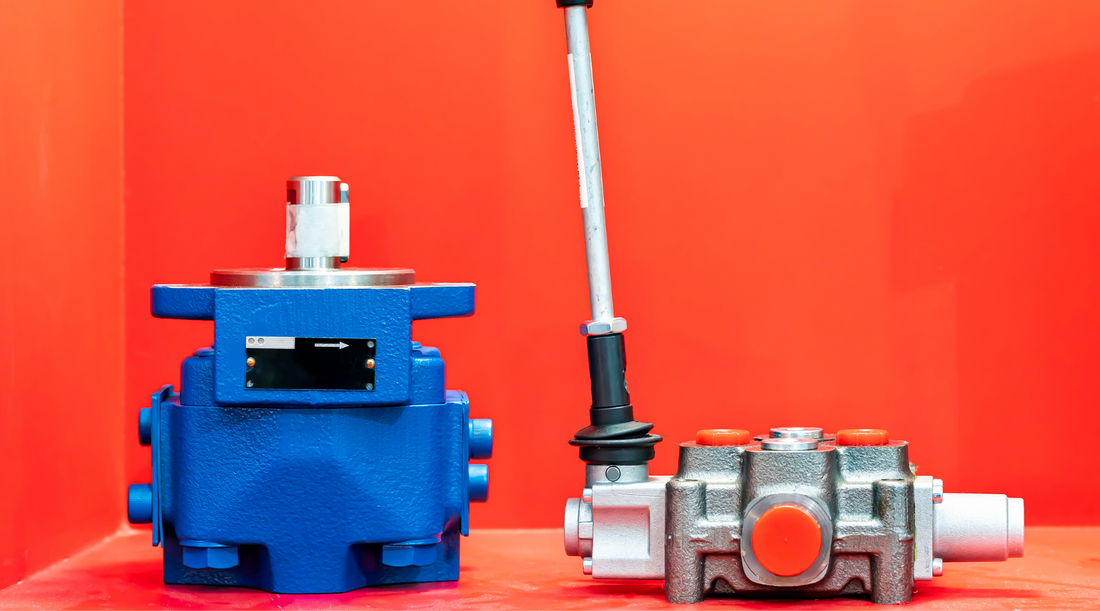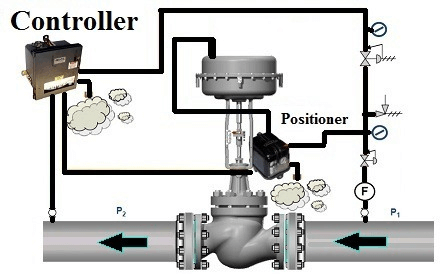Enhancing Functional Effectiveness with Advanced Control Valves
Enhancing Functional Effectiveness with Advanced Control Valves
Blog Article
Achieve Seamless Combination and Control With Quality Building Automation Controls
In the realm of modern structure management, the relevance of top quality structure automation controls can not be overstated. As technology remains to advancement, the integration and control of various systems within a structure have evolved to be more advanced and efficient. The smooth operation and tracking of lighting, HEATING AND COOLING, safety, and other structure functions have actually ended up being critical for boosting owner comfort, power effectiveness, and total functional effectiveness. The trip towards accomplishing real integration and control is a diverse one, with factors to consider ranging from system compatibility to cybersecurity. Accepting top quality structure automation controls is not merely a matter of comfort but a calculated important for companies intending to optimize their facilities' performance and sustainability.

Advancement of Structure Automation Controls
Throughout the past few years, the evolution of developing automation controls has actually significantly changed the way buildings are managed and run. Building automation systems primarily concentrated on fundamental functions such as controlling air flow, air, and home heating conditioning (COOLING AND HEATING) systems. As innovation advanced, these controls have ended up being more advanced, enabling for a larger range of structure systems to be integrated and taken care of centrally.
The evolution of developing automation controls has actually seen a shift towards even more smart systems that can adapt to changing problems in real-time. This adaptability is critical for maximizing power effectiveness and guaranteeing passenger convenience. In addition, contemporary building automation controls now supply functions such as anticipating upkeep, remote tracking, and data analytics, making it possible for facility managers to make data-driven decisions to enhance building efficiency.

Advantages of Quality Assimilation
The advancement in structure automation regulates in the direction of even more intelligent systems has highlighted the considerable benefits of quality integration in optimizing building operations and improving total effectiveness. Quality combination of developing automation controls offers several vital benefits. It leads to enhanced power performance by permitting different systems to work with each other flawlessly, guaranteeing optimal performance and minimizing energy wastage. Secondly, quality combination boosts occupant comfort and performance by enabling customized control over ecological setups like lighting, temperature, and air high quality. This personalization can lead to an extra comfy and favorable working or living setting. Additionally, high quality combination streamlines maintenance and repairing processes, as all systems are adjoined and can be kept track of and controlled from a central user interface. This centralized control also offers far better presence and understandings right into structure efficiency, enabling aggressive maintenance and optimization approaches. Generally, the advantages of top quality assimilation in structure automation controls are undeniable, using boosted effectiveness, convenience, and operational effectiveness.
Improved User Experience and Ease Of Access
Enhancing user communication with building automation controls via user-friendly layout and improved accessibility boosts the total experience for occupants and facility managers alike. By concentrating on customer experience, constructing automation systems can become more efficient and easy to use. User-friendly interfaces, clear navigation, and personalized setups encourage customers to interact with the controls quickly and properly.
Access functions play a vital duty in guaranteeing that all individuals, consisting of those with disabilities, can use the structure automation controls effortlessly. Integrating features such as voice commands, responsive buttons, and color-contrasted displays can improve ease of access and make the controls extra comprehensive.
Additionally, enhanced user experience causes greater individual fulfillment, increased efficiency, and better decision-making. Occupants can readjust ecological setups according to their preferences, while facility managers can effectively handle and keep an eye on structure systems - control valves. In general, prioritizing individual experience and availability in building automation controls adds to a more productive and seamless structure atmosphere for all stakeholders entailed
Sustainable Practices Via Automation

Moreover, automation can promote the integration of renewable resource read this resources such as solar panels or wind turbines into building operations. By immediately changing power usage based upon the availability of sustainable power, structures can better lower their reliance on non-renewable sources. This seamless assimilation of sustainable methods not only benefits the setting however also enhances the overall functional performance and cost-effectiveness of the building. Through automation, buildings can line up with contemporary sustainability objectives and add to a greener future.
Future Trends in Structure Control Solution
One noticeable pattern forming the future of structure control systems is the enhanced assimilation of Artificial Intelligence (AI) and equipment learning. Furthermore, the Net of Points (IoT) is transforming building control systems by linking sensing units and tools to improve operations and improve efficiency.
Another essential trend is the focus on cybersecurity steps to shield against potential threats to constructing automation systems. As buildings come to be extra interconnected, making certain robust cybersecurity procedures will certainly be necessary to secure sensitive data and protect against unapproved gain access to.
Furthermore, the change towards cloud-based platforms is gaining energy, permitting systematized control and remote accessibility to structure systems. This assists in less complicated monitoring, maintenance, and updates, boosting the total efficiency and versatility of building control systems. As technology remains to development, these fads are expected to shape the future landscape of building automation controls, driving advancement and sustainability in the built atmosphere.
Final Thought
Future trends in structure control systems are likely to concentrate on more read this post here boosting automation abilities for boosted power performance and overall performance. It is essential for structure proprietors and drivers to prioritize the fostering of high quality structure automation controls to enhance structure operations and accomplish long-lasting sustainability objectives.
In the world of modern structure management, the importance of quality building automation controls can not be overstated. Generally, the development of building automation controls proceeds to drive technology in the structure monitoring sector, offering new possibilities for producing smarter and more sustainable buildings.
The development in structure automation manages towards more smart systems has emphasized the considerable benefits of quality assimilation in enhancing structure procedures and enhancing total effectiveness. Generally, focusing on individual experience and access in structure automation regulates contributes to a much more browse around this site productive and smooth building setting for all stakeholders involved.
It is important for building owners and drivers to prioritize the fostering of high quality structure automation regulates to enhance building procedures and accomplish long-lasting sustainability goals. - control valves
Report this page